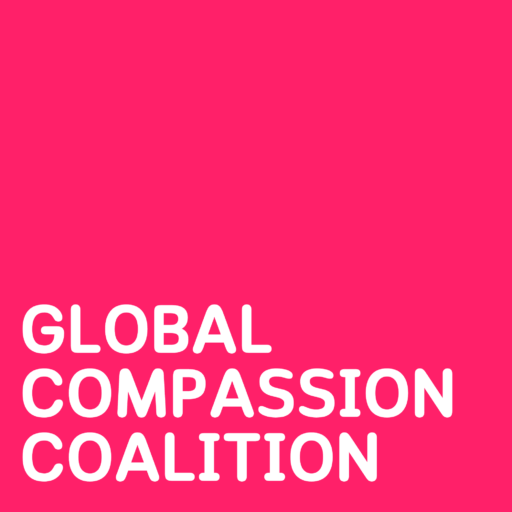Cross-community organizing
Grassroots campaigns uniting faith congregations, schools, businesses, and non-profits from across identity factions build solidarity towards shared policy goals. Harnessing the power of shared interest among diverse identity groups is a potent strategy to transcend divisions and bolster political influence. By organizing around common goals, these campaigns foster connections and alliances that traverse traditional boundaries. Additionally, these campaigns amplify the collective voices of communities. Building enough broad-based support compels political leaders to advocate for solutions in the public interest.

Youth empowerment
Empowering the youth and instilling leadership qualities in young community members is pivotal for sustained progress and intergenerational continuity. Current examples include service groups that unite teenagers across neighborhood through projects that teach collective leadership and community engagement. Young people’s active participation in community affairs becomes a catalyst for fostering understanding, dismantling stereotypes, and nurturing a culture of empathy within communities. This cements lifelong civic participation amongst future generations.

Changing cultural narratives
The media can be harnessed to reshape cultural narratives and foster compassion. Strategies promoting cooperation, service and community interdependence counteract sensationalistic narratives that exacerbate divisions and biases. Media campaigns that highlight stories of collaboration, kindness and unity could help contribute to the development of a more compassionate ethos. Additionally, media literacy education could teach critical thinking and self-awareness regarding biases and prejudices. By actively engaging with media outlets, communities can influence the narratives that shape societal attitudes.

Local innovation
Establishing city-to-city and town-to-town idea sharing projects creates a platform for the exchange of successful and creative governance practices, strengthening the social fabric both nationally and globally. This collaborative approach fosters a sense of solidarity and interconnectedness, reinforcing the idea that the well-being of one community is intricately linked to the well-being of others. The open-source circulation of social innovations accelerates collective learning and creates a dynamic feedback loop where successful strategies are disseminated and adapted across various communities.

